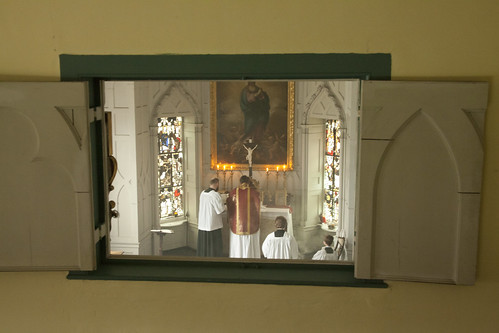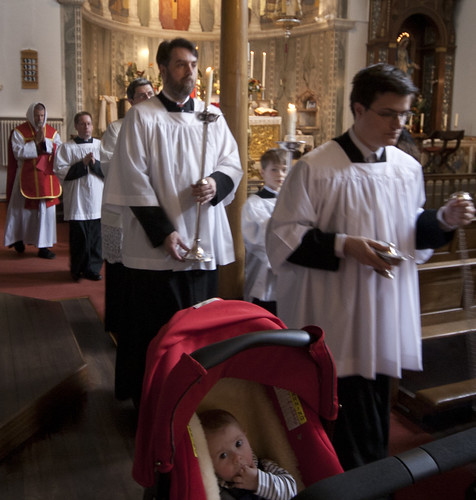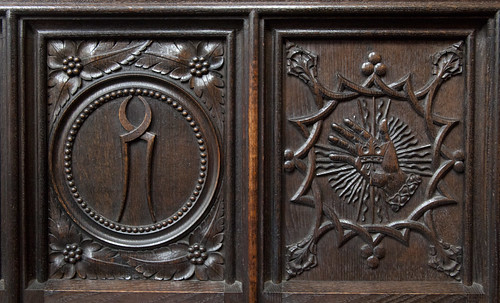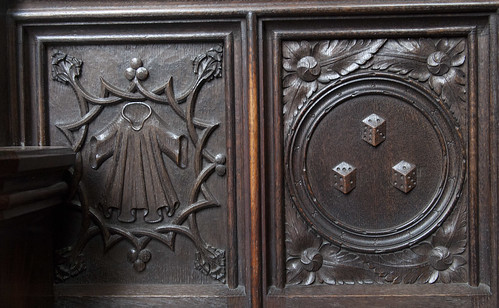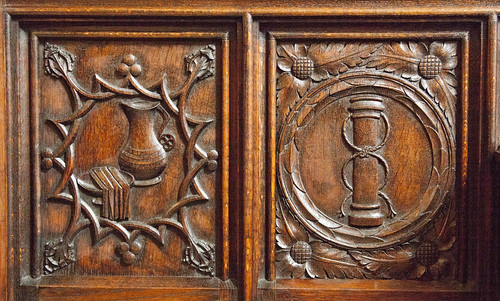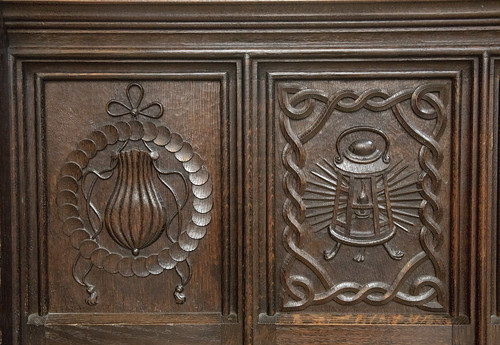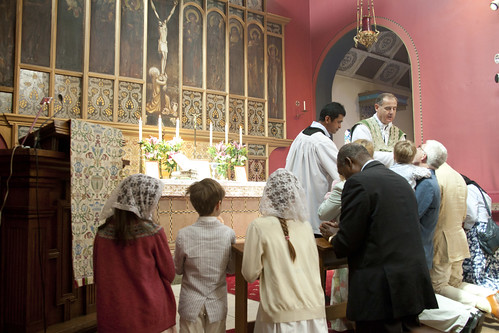 |
| Hercules overcoming Hippolyta |
Bishop Olmstead has reiterated his call to men to take their responsibilities properly, this time in a short but slickly produced
YouTube video. I addressed his pastoral letter on the subject on this blog,
here.
The content of the video reflects Bishop Olmstead's letter. My comment on that was that it didn't get to the heart of the problem, which is that the reasons why earlier generations of men were hard-working, dependable, and willing to commit to marriage and children, have been systematically removed, to a large extent deliberately, in response to feminism. To tell men that they ought to 'man up' and marry and stay married when the marriage deal is no longer a rational choice, is unbalanced. It wasn't men who asked for these changes, and, interestingly, it is often women complaining about their consequences. The Church's intellectual leadership ought to be pressing these contradictions with a view to reversing some of the policies which make marriage unattractive, instead of, or at least as well as, lambasting men for failing to take leave of their senses to marry anyway.
Indeed, the Church has actually made things worse, depriving men of the kind of liturgy which appeals to them, as I have discussed
on this blog. Another ecclesiastical policy which is truly insane in the conditions of today is failing to discourage 'mixed' marriages - marriages of Catholics to non-Catholics. Another, of course, is the smoothing of the path to annulments. Today, the Church herself cannot escape blame for undermining the permanence of marriage. Not that I lay these failings at the feet of Bishop Olmstead, and I give him credit for addressing the problem at all.
The video expresses the bishop's appeal by reference, at least implicitly, to the ideal of chivalry, and this raises another problem, because the concept of chivalry is often used in a very strange way. In video the suggestion appears to be simply that men put themselves on the line, take risks, for the sake of women (and children), without any thought of self. This sounds nice, but in reality it opens up generous souls to exploitation, and can look to women like the kind of 'putting them on a pedastal' which is unattractive and, quite reasonably, intensly annoying. If this is the take-home message, we are setting up young men for failure and unhappiness.

